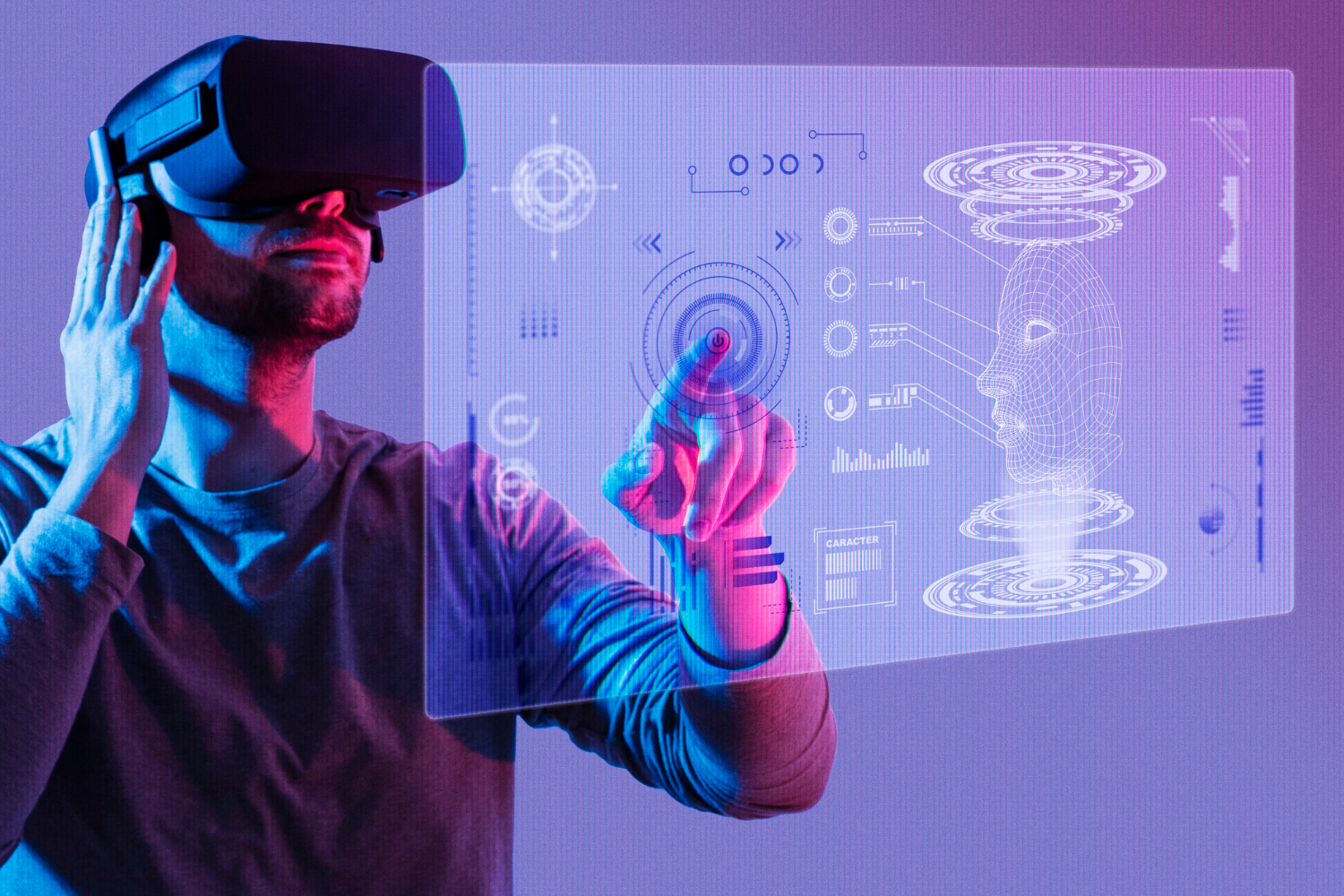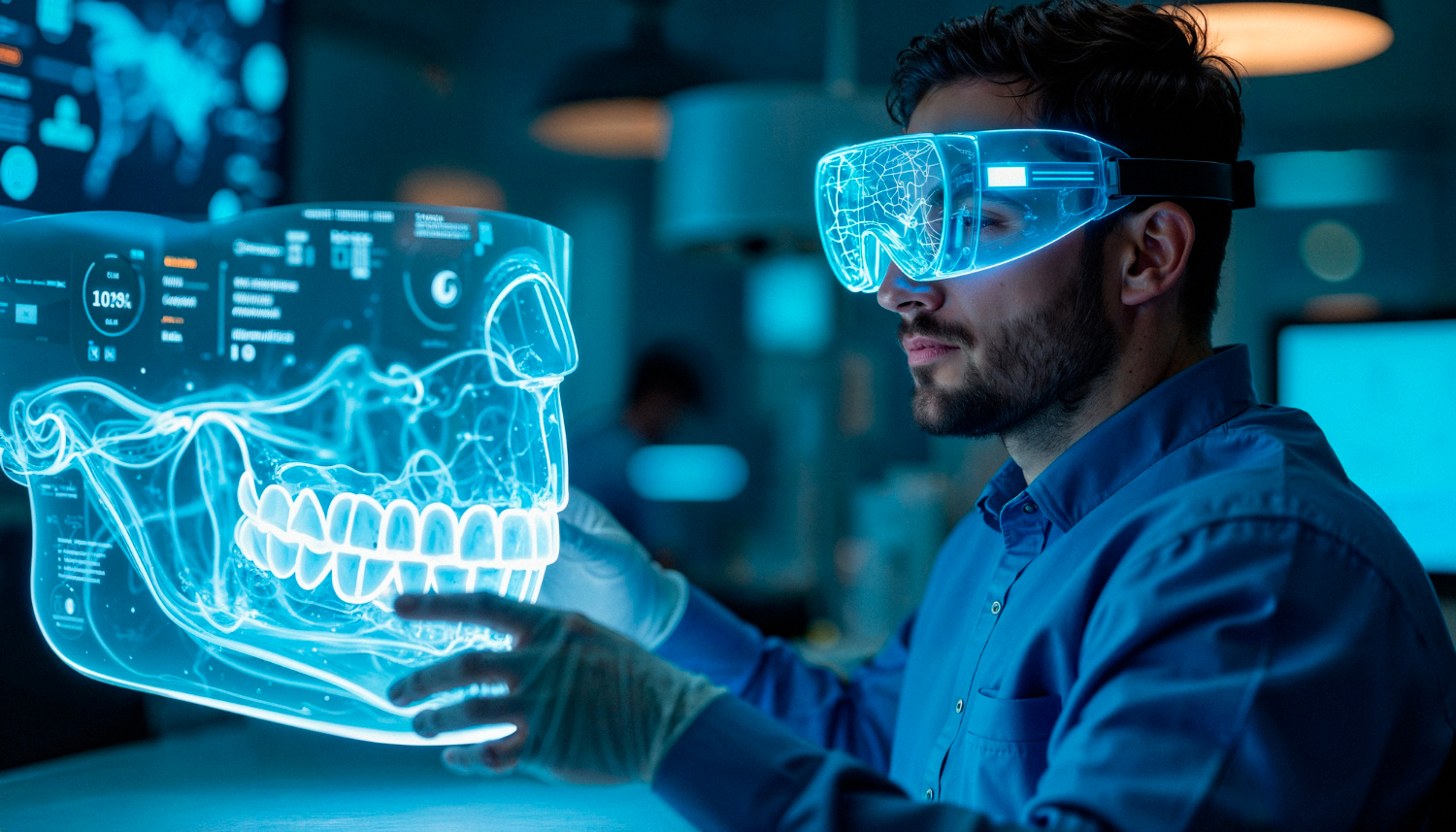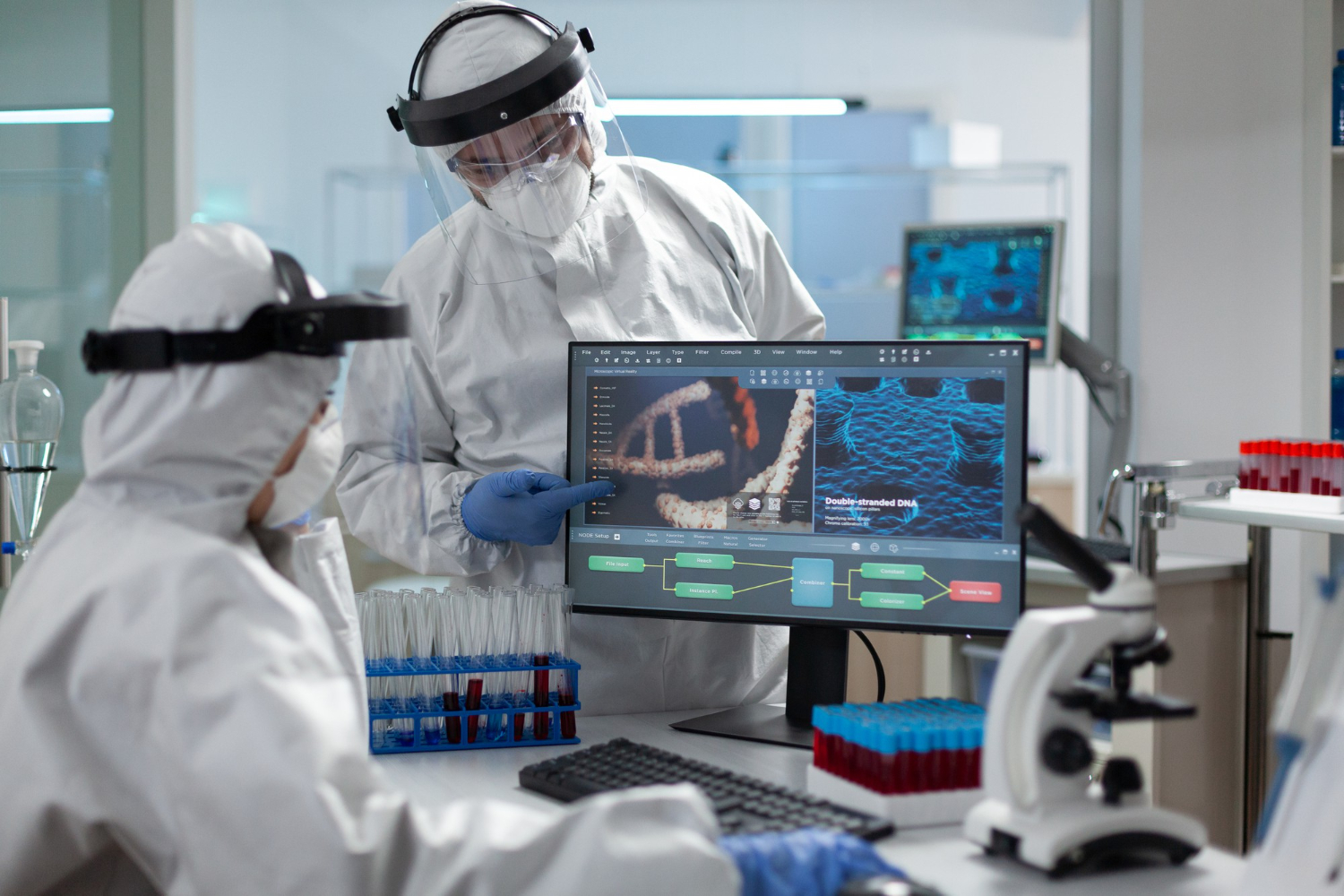Augmented reality is becoming a key part of how people use technology. At the centre of this is computer vision. It gives machines the ability to see, understand, and respond to the world. Augmented reality AR uses this to blend virtual objects into the real world environment.
Computer vision work helps systems recognise people, places, and things. It uses digital images, videos, and deep learning models. These models can process what the camera sees and identify objects within a scene. That ability changes how we use mobile devices, social media, and even healthcare tools.
Understanding Computer Vision and AR
Computer vision is a field of artificial intelligence AI. It allows machines to process and analyse visual data. This includes images and videos.
The goal is to perform tasks like object detection, image classification, and image recognition. These computer vision tasks make it possible to identify objects in real time.
When applied to augmented reality, this technology tracks the real world. It finds surfaces, maps the environment, and places virtual content where it belongs. AR apps depend on this to feel natural. For example, placing a digital chair in your living room depends on accurate image processing and object placement.
Key Technology Behind It
Deep learning models support most modern computer vision systems. These models learn from huge datasets of images. With enough training, they can classify images and detect patterns.
Convolutional neural networks CNNs are a major part of this. They mimic how the brain processes visual information.
When a phone or headset runs an AR app, it constantly collects digital images. It then processes them to find useful patterns. This allows it to place virtual items on a table or detect a person’s hand in real time.
Real-World Uses
In medical imaging, AR supported by computer vision helps doctors see data on top of a patient’s body. This makes procedures faster and improves accuracy. In social media, AR filters use computer vision technology to apply effects to faces or backgrounds.
AR games and shopping apps use image recognition to add digital content. Furniture apps show products in your home using real-time computer vision. These apps identify surfaces and objects, making the experience feel smooth.
Computer vision is also key in smart glasses. These devices must understand the world to show useful details. For this, they use image classification, object detection, and deep learning.
Read more: AI and Augmented Reality: Applications and Use Cases
AR with Scene Understanding
AR does more than overlay images. It needs to understand the environment. Computer vision allows devices to map floors, walls, and objects.
This helps apps place content in logical positions. A lamp appears on a table, not floating in space. A chair aligns with the floor, not halfway through it.
For this, the system needs depth estimation. This uses two or more digital images to guess distance. It can also use sensors to build a 3D model of the scene. Once the environment is mapped, the app can keep virtual items in place even when the user moves.
This kind of scene understanding improves realism. It also supports interaction. A user can walk around an object, and it stays in place.
The shadows and lighting adjust based on the view. All of this depends on fast and reliable computer vision tasks.
Gesture and Motion Tracking
Another growing use is gesture recognition. AR devices track hand and body movements. This allows users to control apps without touching a screen. They can pinch to zoom, swipe in the air, or tap virtual buttons.
To do this, the system must identify hands and follow them in real time. Deep learning helps track the shape and movement. The app can respond instantly to gestures. This makes the experience smooth and easy.
Some AR apps also track facial expressions. This can control avatars in video games. It can also support communication tools by showing emotion. The computer vision system captures subtle changes and translates them into actions.
Challenges with Lighting and Backgrounds
AR systems often work in uncontrolled settings. Light changes. Backgrounds shift. Objects get moved. All of this affects how the app performs.
Computer vision must adjust quickly. It needs to update models as the scene changes. Deep learning allows systems to adapt by learning from new data. Still, poor lighting or cluttered backgrounds can reduce accuracy.
Improving these systems means training them on more varied data. The training data should include indoor, outdoor, bright, and dark scenes. It should also show different room layouts and object types.
Read more: Deep Learning in Medical Computer Vision: How It Works
Improving Interaction with Spatial Audio
Visuals are not the only part of AR. Audio matters too. When sound comes from the right direction, it makes the scene feel real. Spatial audio uses the position of the user to change how sound is played.
Computer vision supports this by tracking head and body movement. As the user turns, the system updates the audio position. This helps match the sound to the virtual object. If a dog barks from the left, the sound plays from that side.
This small detail makes a big difference. It helps users feel present in the scene. Games and learning tools benefit from this kind of realism.
Combining AR with AI Assistants
AR becomes more helpful when paired with AI assistants. A user can ask a question, and the assistant shows the answer in the real world. This might be a recipe on the counter or a set of directions on the pavement.
The assistant must understand both the request and the space. That means combining language models with visual data. The system needs to know what the user is looking at. Then it can place the right information in the right spot.
This combination supports learning, shopping, and work tasks. It helps users stay focused and get help without leaving their activity.
AR in Industry and Field Work
In factories, AR helps workers follow steps. Instructions appear on machines. Workers don’t need to check paper manuals. They can see what to do right on the equipment.
Computer vision checks that each step is done. It can highlight parts and confirm progress. This reduces mistakes and saves time.
In fieldwork, AR helps with repairs and inspections. Technicians get guidance on their glasses. The system shows which wires to check or which part to replace. The visual data ensures accuracy.
This support is helpful in areas like telecoms, energy, and construction. It allows teams to work faster and safer with real-time guidance.
Read more: The Benefits of Augmented Reality (AR) Across Industries
Training AI Models for AR
To perform well, AR apps need strong training data. The system learns from thousands of labelled images. These show objects from many angles, in different lighting and locations.
The model also needs feedback. It learns from mistakes. If the app places a sofa on a wall, the feedback corrects it. Over time, the model becomes more accurate.
Training also includes tasks like image segmentation. This helps the system understand which part of the image is the floor, the wall, or an object. That way, it can place things where they belong.
Creating these datasets takes time, but the results are worth it. With good training, the model runs faster and performs better on new data.
The Future of AR and Computer Vision
As AI improves, AR becomes more accurate. New devices will understand spaces better. This means more useful AR apps for daily life. With better image processing and faster systems, AR will keep improving.
Continue reading: Optimising Quality Control Workflows with AI and Computer Vision
How TechnoLynx Can Help
TechnoLynx creates smart systems using computer vision technology. Our tools help build AR apps that understand the world clearly. We train deep learning models to perform computer vision tasks like object detection and image classification.
Whether you’re working in healthcare, retail, or social media, we help your product work better in real world environments. Our team designs custom solutions using CNNs, AI, and real-time visual data analysis. Reach out to TechnoLynx and build something smarter today!
Image credits: Freepik













